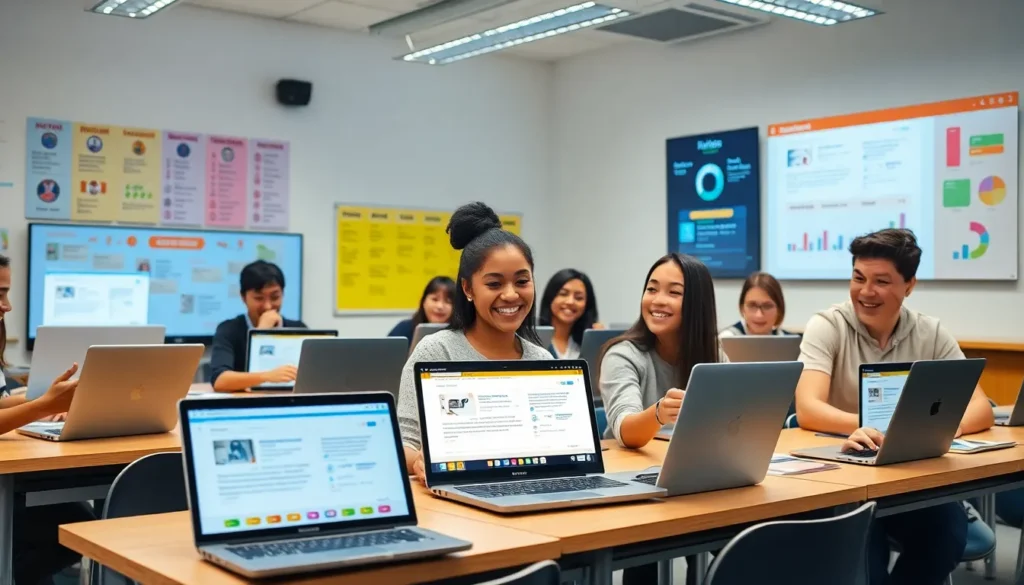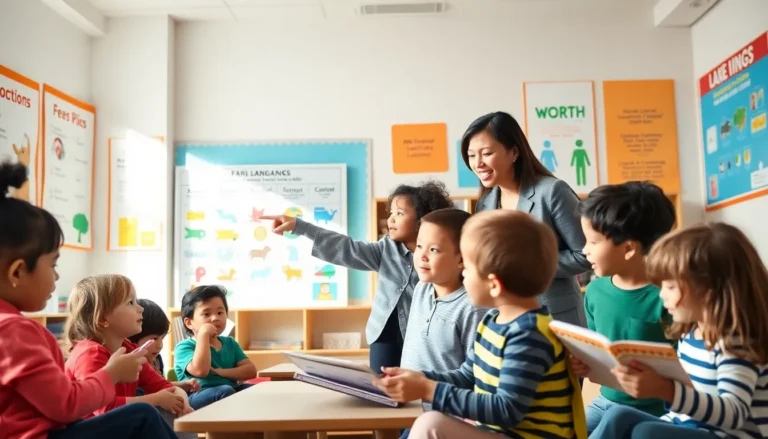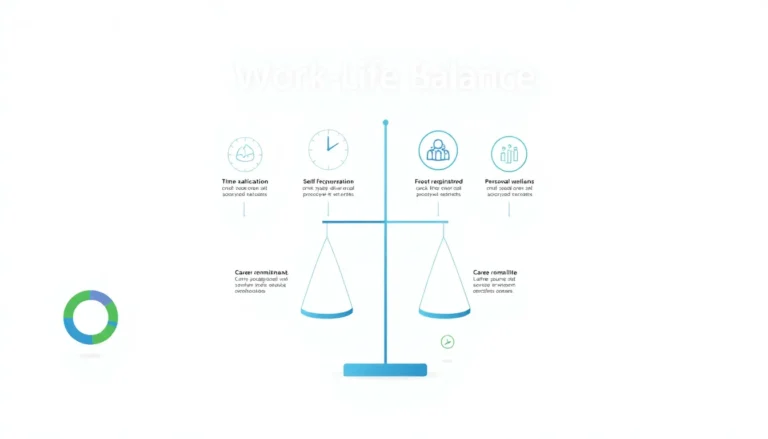Table of Contents
ToggleImagine a world where learning a new language is as easy as chatting with a friend. Welcome to the realm of AI and language learning. With artificial intelligence stepping into educational shoes, language barriers are crumbling faster than ever. Say goodbye to tedious textbooks and rote memorization, and hello to personalized, engaging experiences. So, how exactly is AI transforming language learning? Let’s immerse.
The Role Of AI In Language Acquisition

Personalized Learning Experiences
AI tailors language learning to individual needs, making each student’s journey unique. Think of it as having a personal tutor who knows exactly what you struggle with and what makes you tick. Platforms use algorithms to assess user performance and adapt learning materials accordingly. This means if someone struggles with pronunciation, the AI emphasizes that area until they master it. No more one-size-fits-all lessons.
Adaptive Learning Applications
Adaptive technologies continuously reshape learning paths. For instance, if a student excels in grammar but falters in vocabulary, the app adjusts focus. This responsiveness enhances engagement and retention. With real-time feedback, learners can track their progress and stay motivated. The dance of learning becomes not just achievable but also enjoyable.
AI-Powered Language Tutors
Benefits Of AI Language Tutors
AI-powered tutors offer companionship and resilience. They can engage learners anytime, anywhere, making it reliable for those with busy schedules. This flexibility means language practice doesn’t have to wait for the next classroom session. Plus, their ability to simulate conversation in a stress-free environment allows students to build confidence. For shy individuals, AI becomes a non-judgmental partner that encourages risk-taking in language use.
Limitations And Challenges
Even though their perks, AI tutors aren’t flawless. Many lack the empathy and nuanced understanding of human teachers. They might not grasp cultural references, emotions, or complex conversational cues. Also, some learners miss the structure and support traditional education provides, leading to feelings of isolation.
AI In Language Learning Environments
Classroom Integration Of AI Tools
Teachers are integrating AI tools into classrooms, breathing new life into language lessons. From interactive apps to virtual reality environments, the possibilities are endless. Classrooms equipped with AI technology can help collaborative projects and peer-to-peer learning. With these tools, students not only learn languages but also gain teamwork and digital skills, essential in today’s interconnected world.
AI Resources For Self-Learners
Self-learners can tap into a myriad of AI resources, including language exchange platforms and intelligent flashcard apps. These tools make it easier for individuals to connect with native speakers or immerse themselves in diverse content. AI-driven language games enhance learning while making it fun, turning mundane grammar exercises into entertaining challenges.
Future Trends In AI And Language Learning
Emerging Technologies And Innovations
As AI evolves, so do its applications in language learning. Emerging technologies like machine learning and natural language processing are reshaping how learners engage. Imagine an AI that not only corrects grammar but also suggests context-appropriate expressions based on the conversation topic. That’s the kind of finesse we can look forward to, making learning even more interactive and relevant.
The Impact On Language Education
These innovations will likely redefine language education, emphasizing personalized learning at scale. Traditional classrooms might blend seamlessly with digital formats, offering hybrid models that cater to different learning styles. As the landscape shifts, educators will need to adapt their teaching philosophies and methods to leverage these advances effectively.







